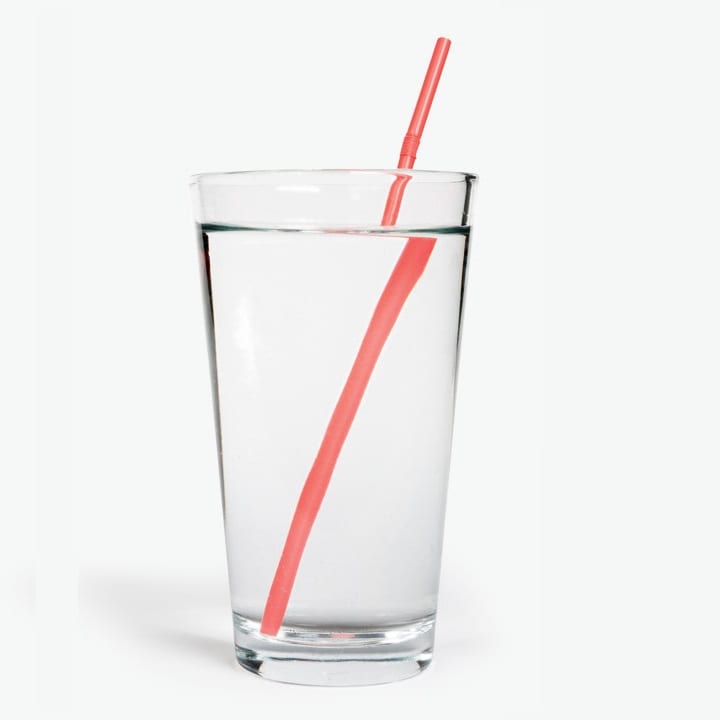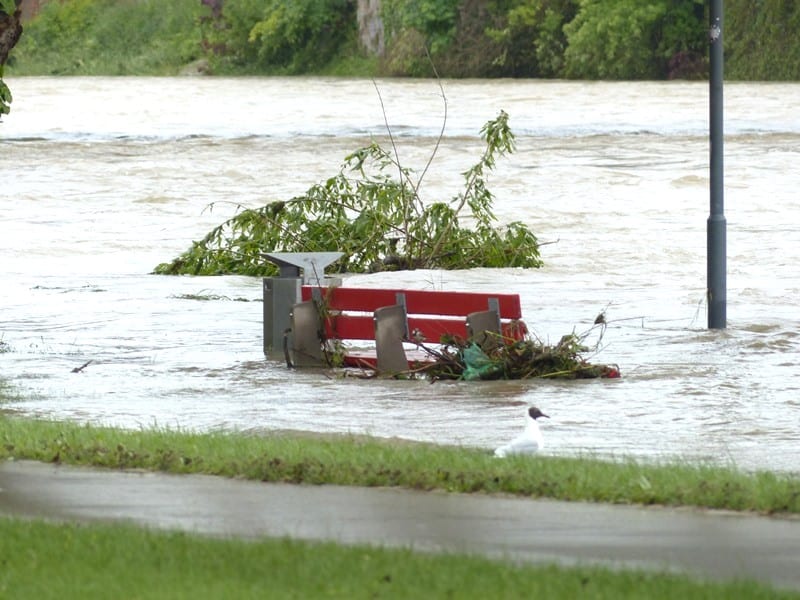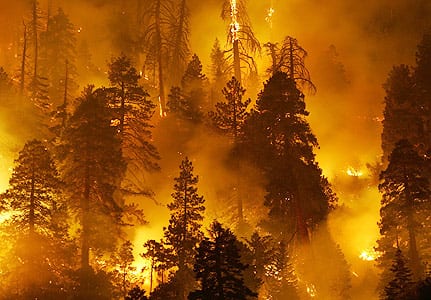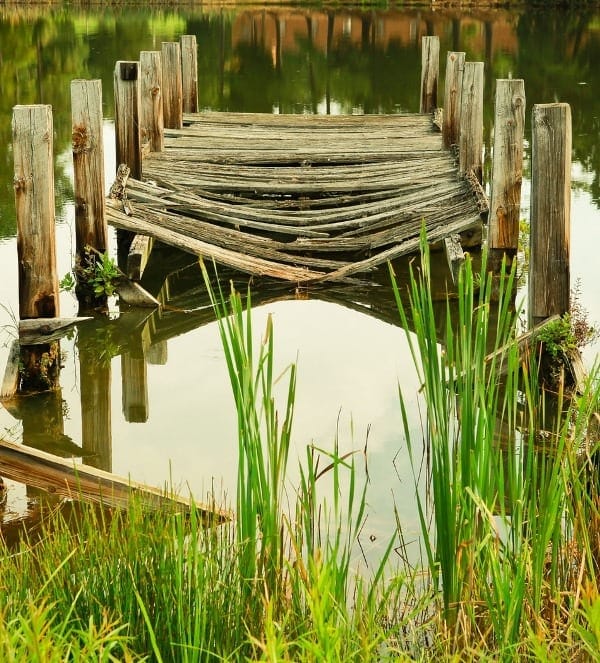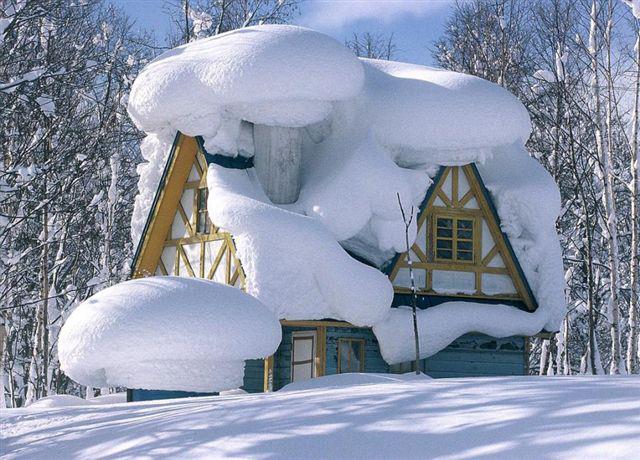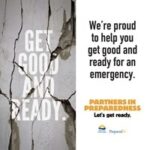How to Stock Water for an Emergency

With the temperatures dropping, and the rain and snow setting in, it’s such a wonderful time of year to be cozy indoors. Isn’t it amazing to have a warm home to come home to after a long day at work, or running errands in the rain?
If you’re getting ready for hibernation mode and spending more time cuddled up in your favourite chair with your favourite tea and your favourite book or tv show, perhaps consider spending some of this free time going over your stock of supplies—and water particularly.
Water is top priority when it comes to preparing for emergencies.
- If flooding occurs in your home, your water could become contaminated.
- If a blizzard or severe storm occurs and you’re unable to leave your home, you might be trapped with frozen water pipes.
- If an earthquake occurs, you might have to survive without running water.
Humans can only survive 2 or 3 days without water.
In order to survive for two weeks without running water, you’ll need 28 litres (7 gallons) of water just to stay hydrated and alive. It is recommended that you have 56 litres (14 gallons) because you may need just as much water as you drink, to cook and clean. And that’s just for one person! If you have a family to think about, why not purchase one of our Super Tankers or other water storage containers? This way, you know you’re all covered. By adding a water preserver like Aerobic Oxygen, the water stays potable for up to 5 years, meaning you don’t have to worry about rotating it out as often.
As extra insurance for your family, you may also want to purchase a LifeStraw Family 1.0 if you have a fresh water source nearby. Can you imagine how relieved you’d be if an emergency caught you by surprise and you were able to reassure your loved ones, because you’d thought ahead about their safety?
When you plan ahead for an emergency, you are showing that you know how lucky you are, for what you have, and you want to protect it! For more information on LifeStraw, their products, and what they’re doing to bring clean, safe drinking water to the places that need it most, please check out their new website!
Article contributed by Sophie Wooding – Avid gardener and cyclist in Victoria, BC and Content Writer for Frontier.io

